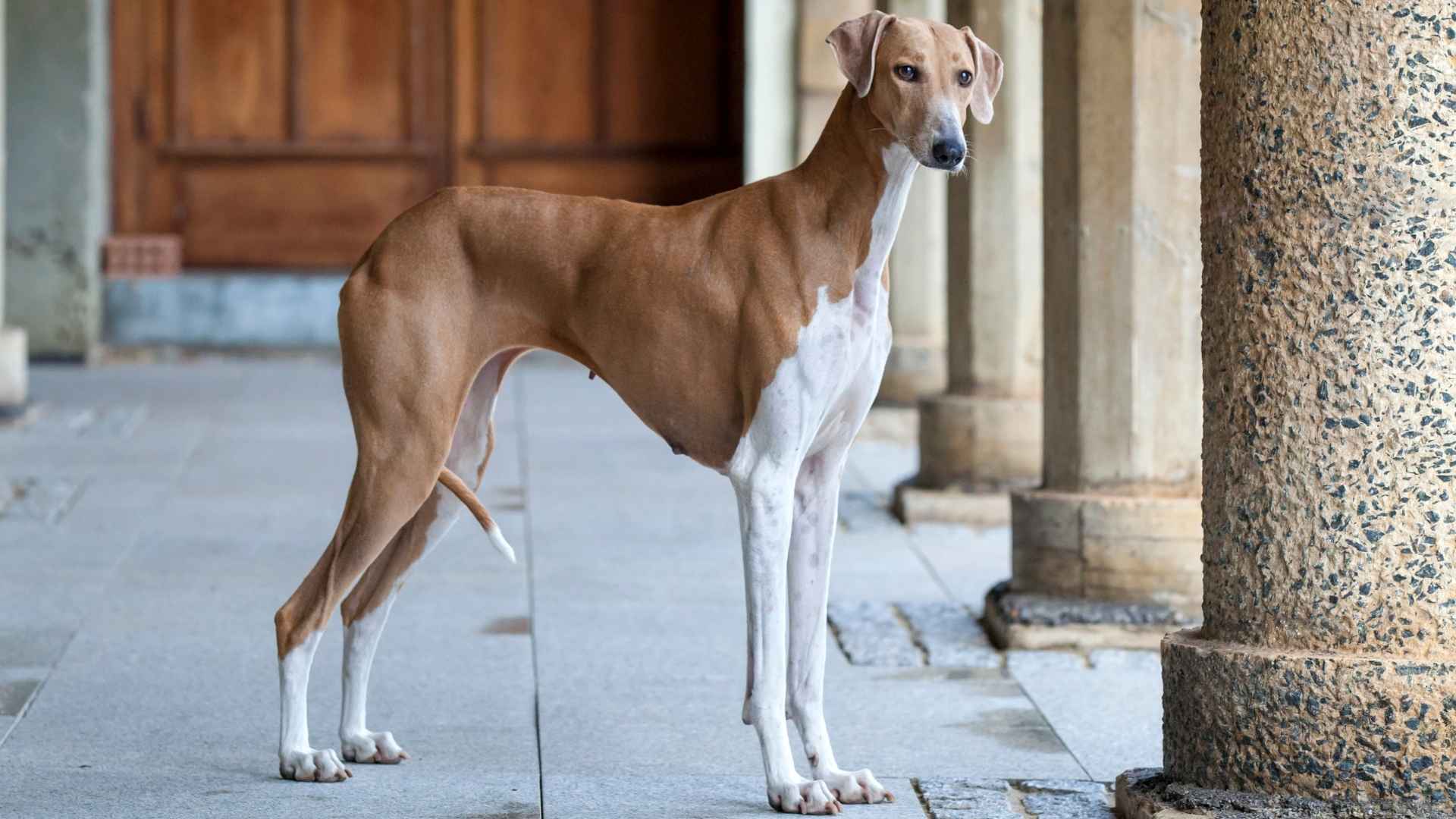With over 200 recognized dog breeds, it’s easy for some remarkable canines to fly under the radar, especially those that are large, rare, and quietly extraordinary. While breeds like Labradors and German Shepherds dominate parks and neighborhoods, there’s a world of lesser-known giants that rarely get the spotlight. Thanks to devoted enthusiasts and breeders, these majestic dogs are still around to impress with their size, history, and heart.
Just because they’re rare doesn’t mean they lack appeal. In fact, many large, rare dog breeds offer calm temperaments, deep loyalty, and fascinating backstories rooted in centuries of tradition. Often bred for guarding, herding, or hunting, these gentle giants are surprisingly laid-back indoors but still need daily activity to stay happy and healthy.
Whether you live in the countryside or a spacious suburb, these dogs can be wonderful companions. Even apartment dwellers with enough dedication and routine can make life work with these massive, lovable breeds. Get ready to meet some truly unique canines you’ve probably never heard of, but won’t forget.
Large Rare Dog Breeds
1. Komondor
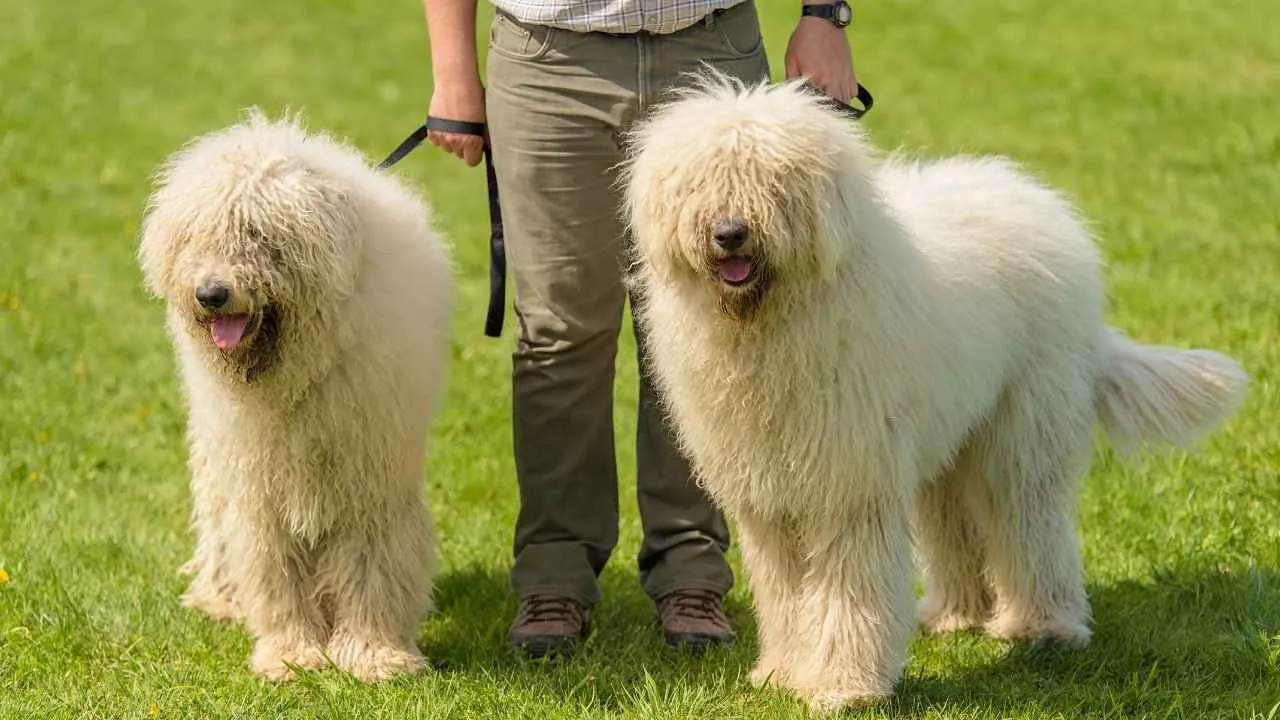
Among the world’s large, rare dog breeds, the Komondor stands out for both its heritage and singular appearance. Originating in Hungary, this ancient livestock guardian boasts a lineage that traces back to Tibetan breeds and the Aftscharka, brought westward by the nomadic Magyars in the 14th century. While their demeanor as adults is typically calm, they thrive on routine exercise and require regular walks to maintain health and discipline.
Originally developed to defend flocks from predators, the Komondor still carries an instinct for watchfulness and protection, making it both a gentle companion and a vigilant sentinel. Purina mentions that this brave and deeply devoted breed is highly protective and flourishes when given a sense of purpose or duty.
Appearance
The Komondor’s most iconic feature is its thick, corded white coat, which begins forming between 9 to 12 months of age. These wool-like cords cover the dog from head to tail, giving it a mop-like silhouette that provides insulation against harsh climates and physical threats.
This large, muscular dog stands at a minimum of 27.5 inches for males and 25.5 inches for females at the withers, enhancing its imposing presence.
Fact: The Komondor’s unique coat isn’t just for looks; it serves as armor, shielding it from both environmental extremes and potential predators.
2. Otterhound
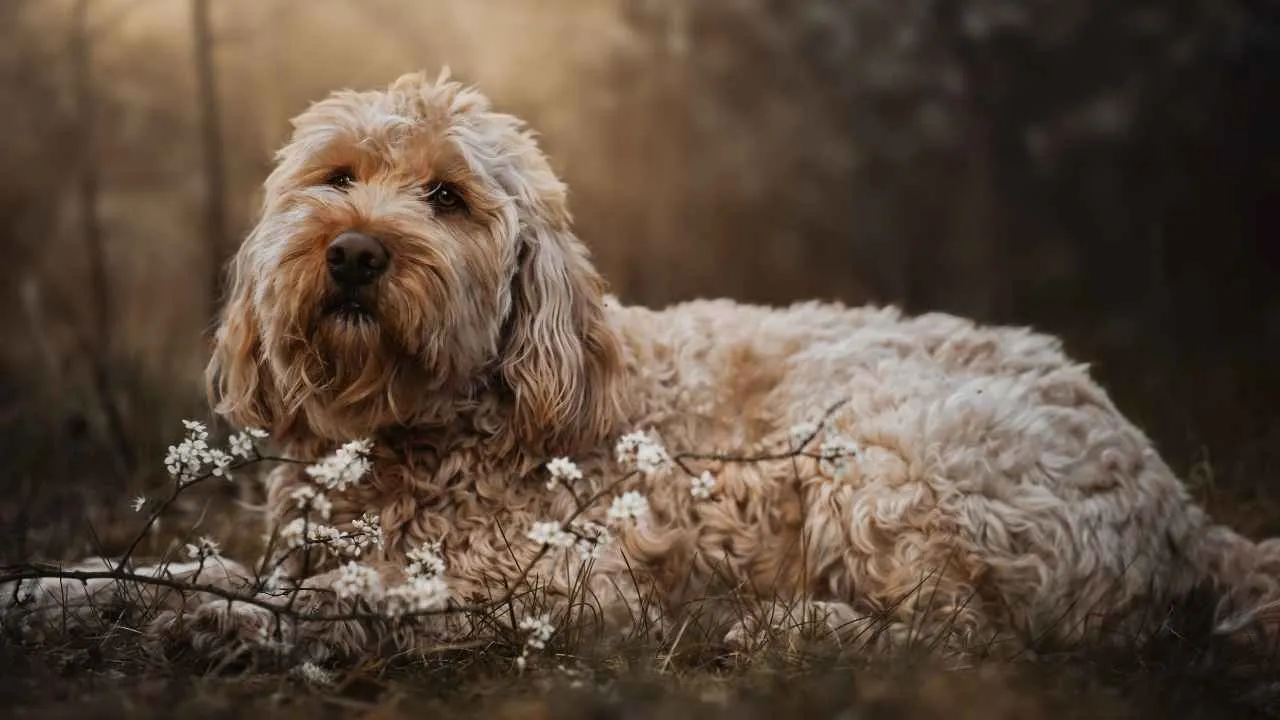
The Otterhound is a distinctive English scenthound originally developed for the unique challenge of otter hunting both on land and in water. Bred with versatility in mind, it combines a robust frame, an acute sense of smell, and remarkable swimming ability.
The AKC describes the Otterhound as good-natured, friendly, and lively. Possessing a cheerful disposition and an inquisitive nature, this breed excels in activities such as conformation, hunting, and tracking. Otterhounds are affectionate, spirited companions, but their active minds and bodies demand engagement and regular grooming to manage their coarse, dense coats.
Appearance
The Otterhound’s unmistakable look comes from its rough, waterproof double coat and webbed feet, traits tailored for aquatic pursuits. Males typically stand around 27 inches tall and weigh up to 115 pounds, while females reach about 24 inches and weigh around 80 pounds.
Their medium-length coats come in a variety of colors and combinations, adding to their visual uniqueness. Though boisterous, their soulful expression and large, strong frame lend them an endearing charm.
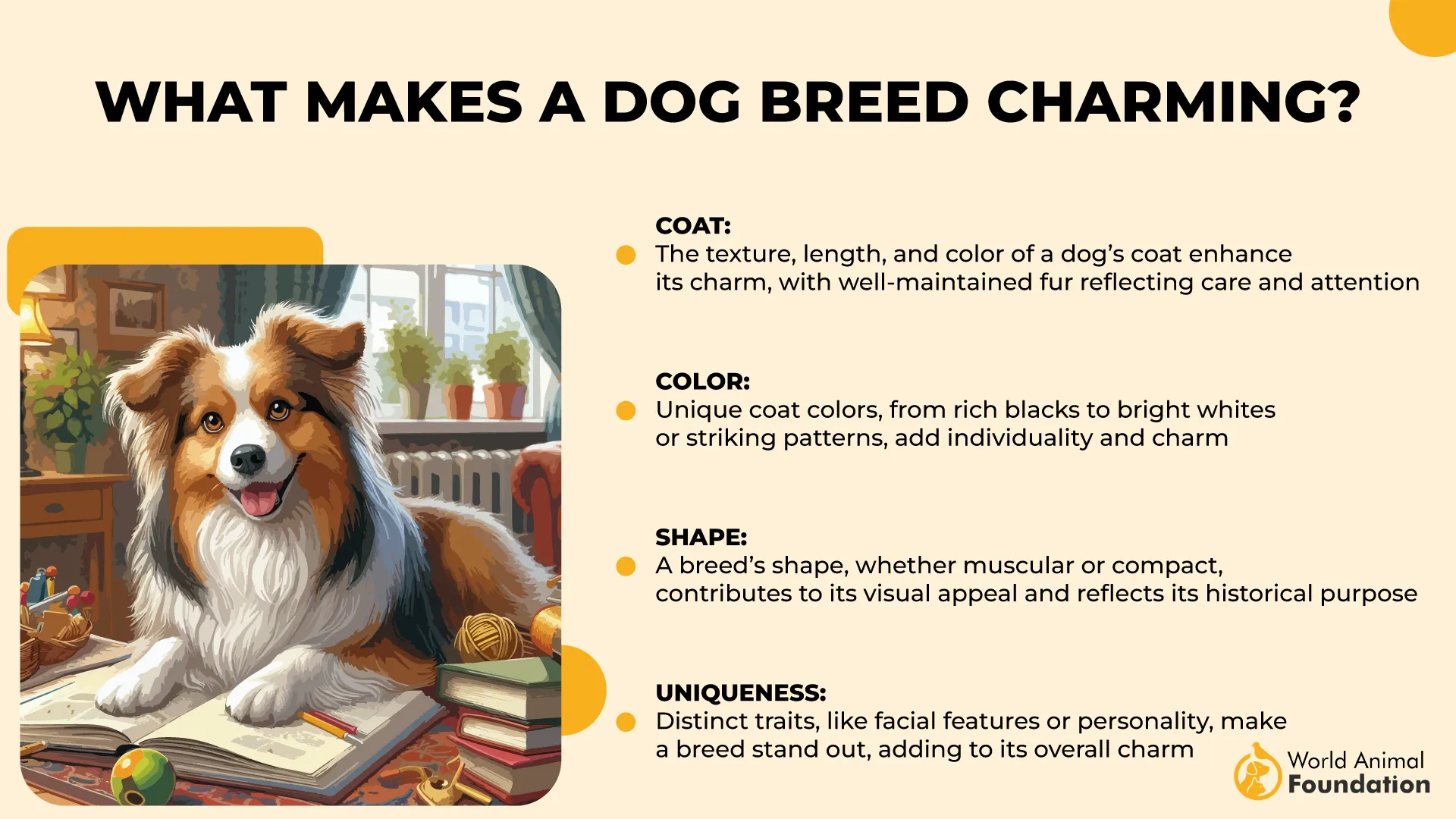
Fact: With fewer than 1,000 individuals globally, this friendly dog breed ranks among the rarest dog breeds in the world.
3. Chinook
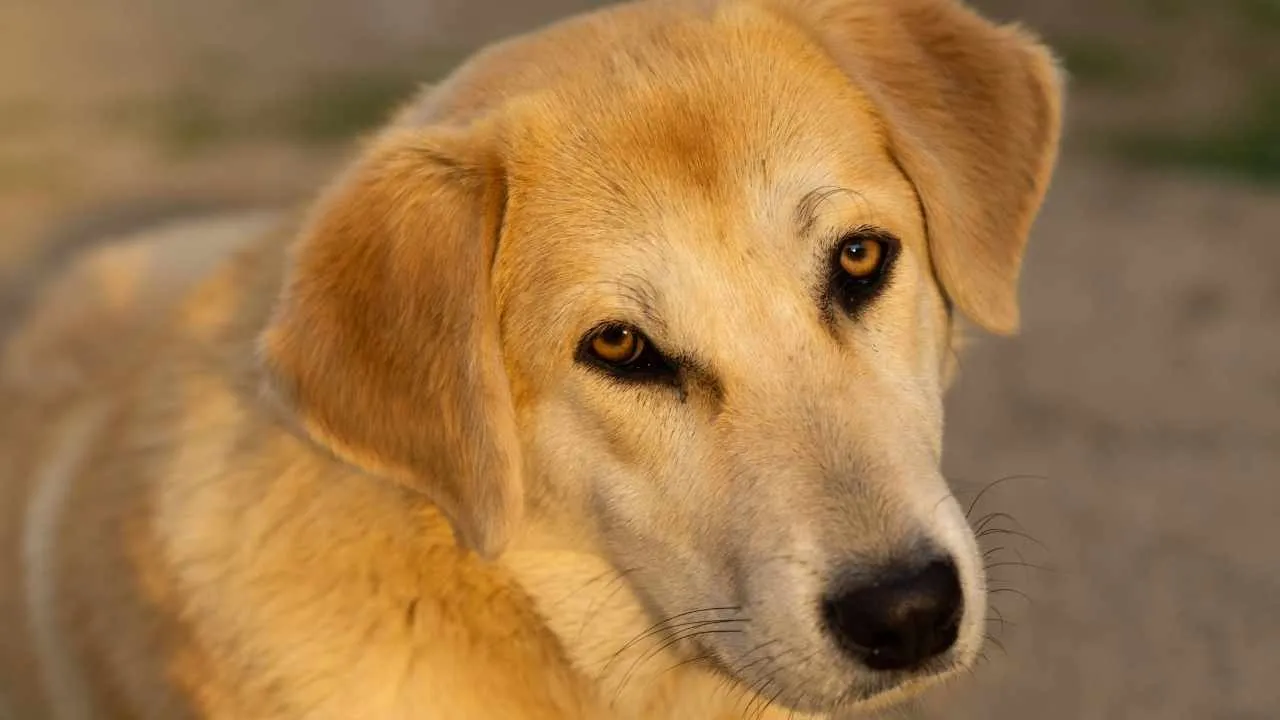
Representing a slice of American canine heritage, the Chinook was born from an unusual pairing: a Northern Husky and a North Pole dog, with the puppy that gave the breed its name showing little resemblance to either parent. Originally developed in the early 20th century, this intelligent and hardworking sled dog is said to have accompanied Admiral Byrd on his historic 1927 South Pole expedition.
PetMD reports that Chinooks are gentle-natured, dedicated dogs who are loyal and hardworking companions. Known for their strength and endurance, Chinooks were once celebrated for setting records in speed, distance, and load hauling. Today, due to limited breeding efforts by a small group of enthusiasts, the Chinook remains a rare and treasured breed.
Appearance
The Chinook is a sizable, athletic dog with a distinctive tawny coat that ranges from pale honey to rich reddish-gold. Its double coat includes a coarse outer layer and a dense, soft undercoat. While many have floppy ears, some develop upright ears by six months of age.
Their expressive, almond-shaped eyes exude intelligence, and some individuals feature unique markings, such as black on the ears, muzzle, and eye corners, or buff accents on the cheeks and underbody. Their long tail hangs low at rest but arches upward when alert or excited.
Fact: The Chinook breed was named after a single exceptional pup who looked nothing like his parents yet became the prototype for all future generations.
4. Azawakh
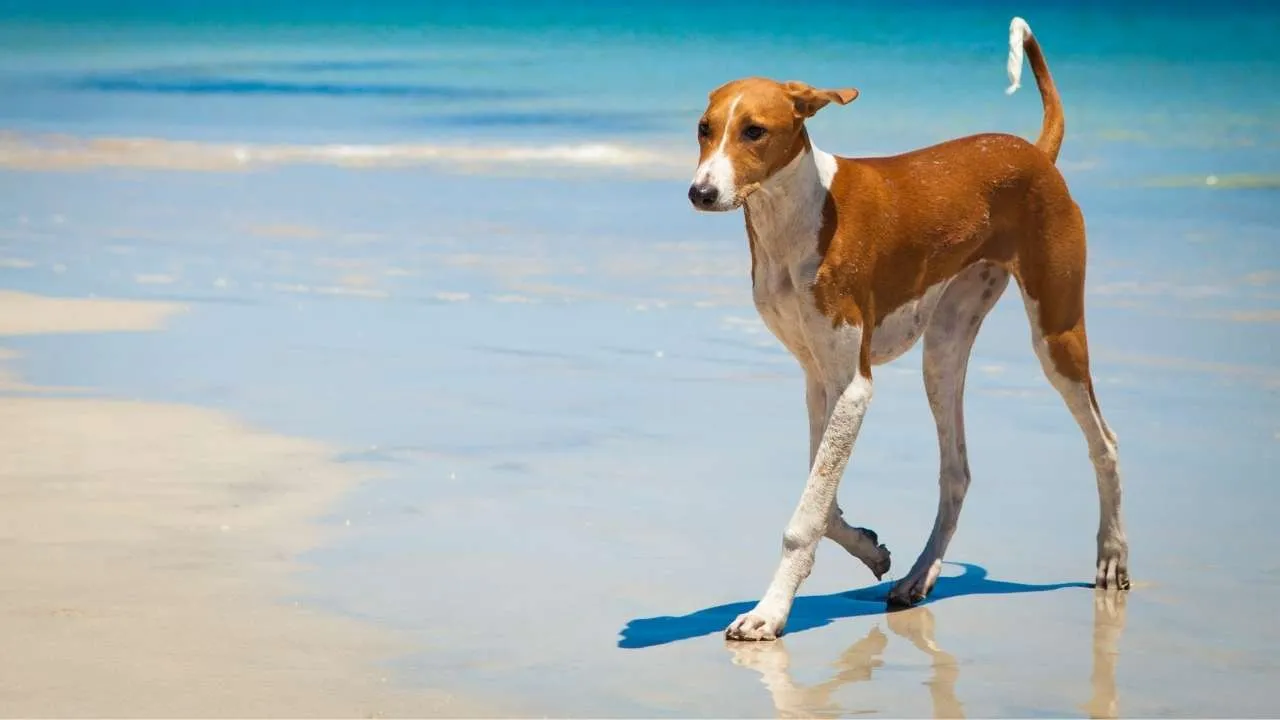
The Azawakh hails from the arid expanses of West Africa, where it served the nomadic Tuareg people as both a hunter and guardian. Bred to pursue nimble prey like gazelles across the Sahara’s scorching terrain, this ancient sighthound combines grace with endurance.
Though highly devoted to their family, Azawakhs are reserved around strangers and make vigilant watchdogs. Their independent spirit can pose a challenge during training, but consistent, positive reinforcement fosters strong responsiveness. Beyond their traditional hunting roots, they now shine in dog sports and continue to grow in popularity as sleek companions and show dogs.
Appearance
Tall and lean, the Azawakh possesses an aristocratic frame marked by a deep chest, long legs, and a narrow waist, all built for speed. Standing 23 to 29 inches high and weighing between 35 to 55 pounds, they are built for swift movement over long distances.
Their fine, short coat enhances their sculptural elegance and comes in a wide array of colors and patterns, from red and brindle to blue, white, and black.
Fact: Despite their refined appearance, Azawakhs have survived and thrived for centuries as tough desert hunters across the unforgiving Sahara.
5. Catahoula Leopard Dog
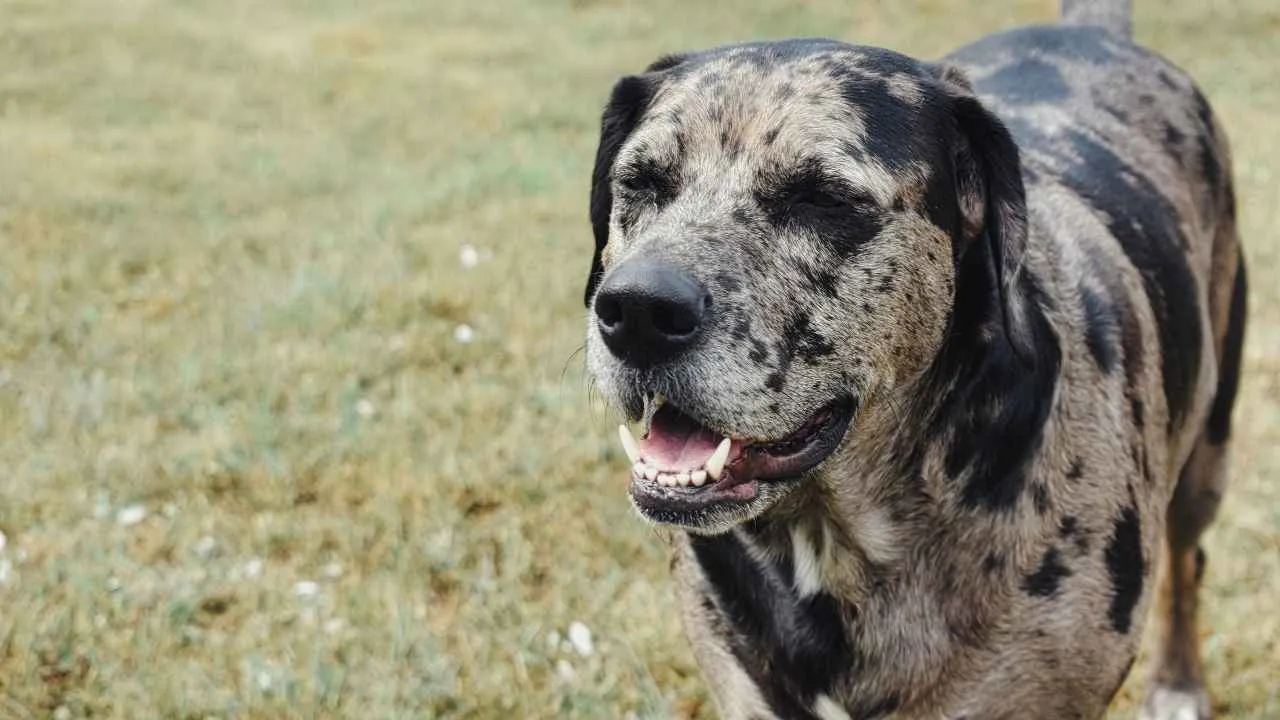
The Catahoula Leopard Dog offers more than just a remarkable name. This uniquely American breed hails solely from Louisiana, its name rooted in Choctaw and inspired by the region’s Catahoula Lake, meaning “sacred lake.” Hills Pet reports that the Catahoula Leopard Dog has a driven, determined, and concentrated nature when engaged in fieldwork.
Revered for its versatility, the Catahoula excels in various working roles while also forming deep bonds with its human companions. Though naturally independent, this dog blends affection with alertness, making it a dependable guardian and partner. Due to their size, it’s essential to ease them into activity gradually to prevent joint issues like hip dysplasia during early growth stages.
Appearance
True to the “Leopard” in its name, this breed boasts an eye-catching coat marked with multicolored spots layered over one of many base colors, ranging from red and buff to blue, silver, and black. Their sleek, single coat is short to medium in length, while their muscular frame remains nimble and athletic.
The head is broad with pronounced cheekbones, a long muzzle, and soft, folded ears. Their tail is naturally long and left undocked. Most striking are their eyes, ranging from amber to pale “glass” blue, with many dogs displaying two colors within the same eye, giving a marbled or “cracked” appearance.
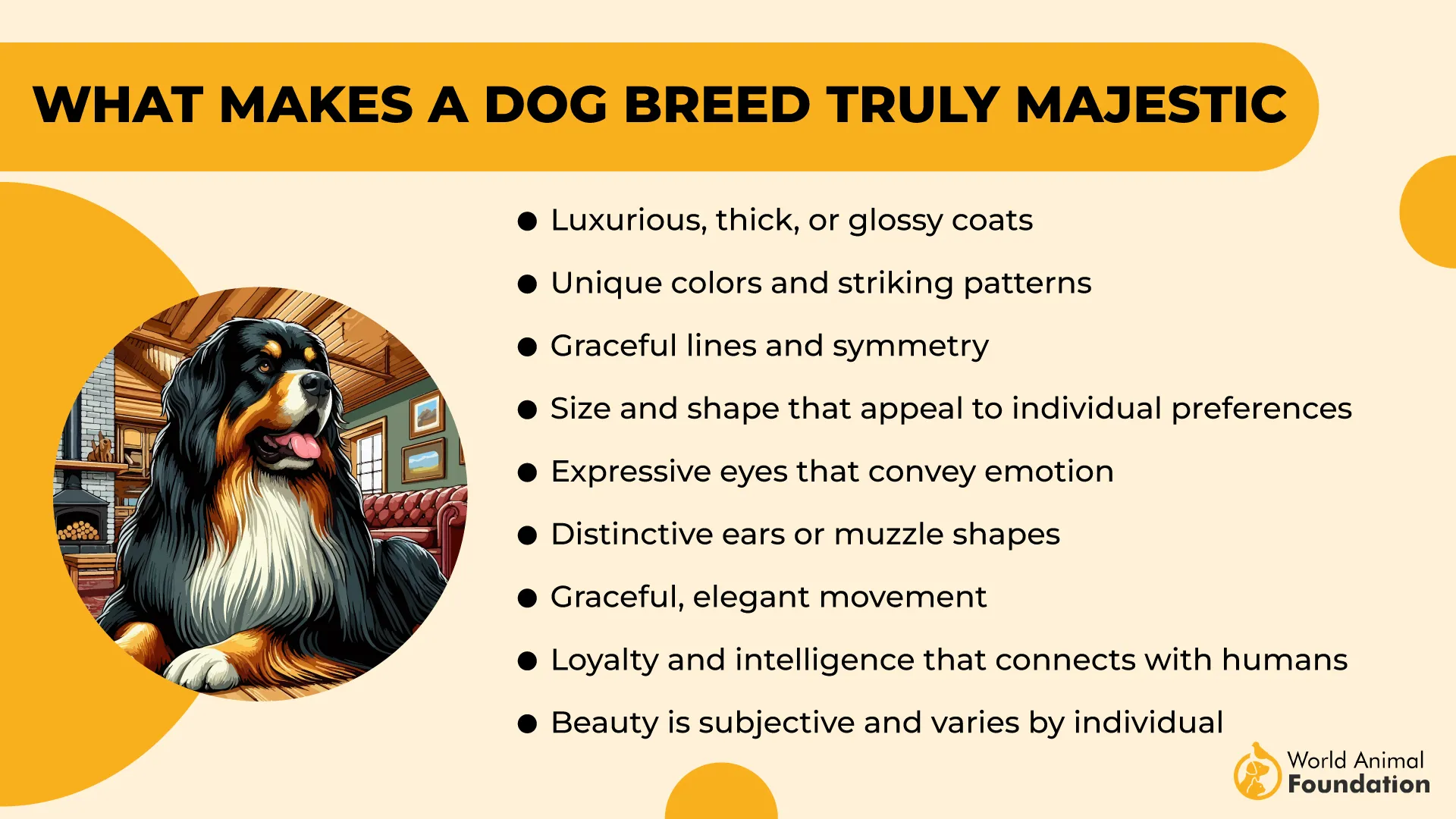
Fact: The working dog is the only breed that originated in Louisiana.
6. English Foxhound
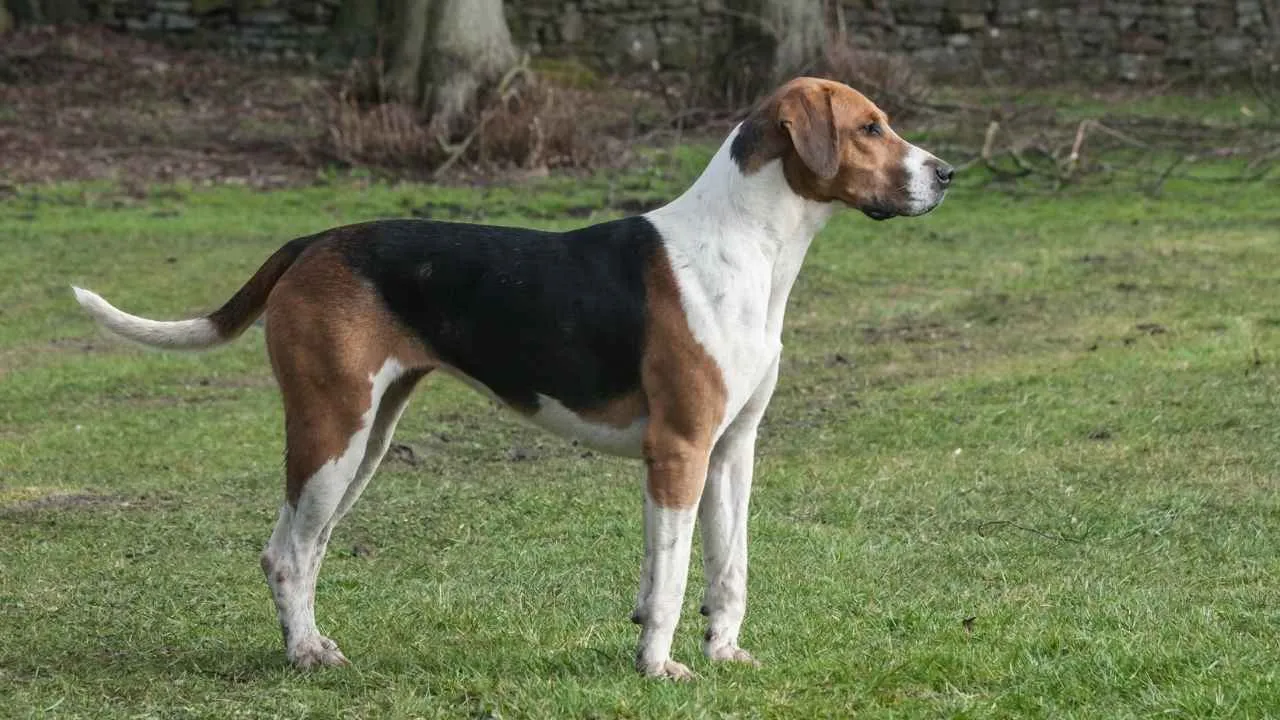
The English Foxhound is a symbol of noble utility and refined structure. Originally bred for the demanding sport of fox hunting in England, these dogs were traditionally used in large packs, relying on their exceptional stamina and scenting abilities.
Though recognized by the AKC as early as 1909, their rarity in modern times stems from the decline of fox hunting. Not ideally suited for indoor living, their instinctive drive to chase makes them best matched with owners who thrive on outdoor activity and sociable environments.
Appearance
This gallant hound exudes strength and grace. It boasts a perfectly level back, long and sturdy legs, and a deeply chested frame that supports impressive lung capacity, crucial for enduring long pursuits.
Males typically measure around 24 inches at the shoulder, with a chest circumference reaching 31 inches, reflecting both athleticism and endurance. Weighing between 60 and 75 pounds, the breed carries a balanced yet robust silhouette that speaks to its hunting heritage.
Fact: These large dogs are among the rarest breeds in the U.S., largely due to the fading popularity of fox hunting, the very activity they were masterfully crafted to perform.
7. American Foxhound
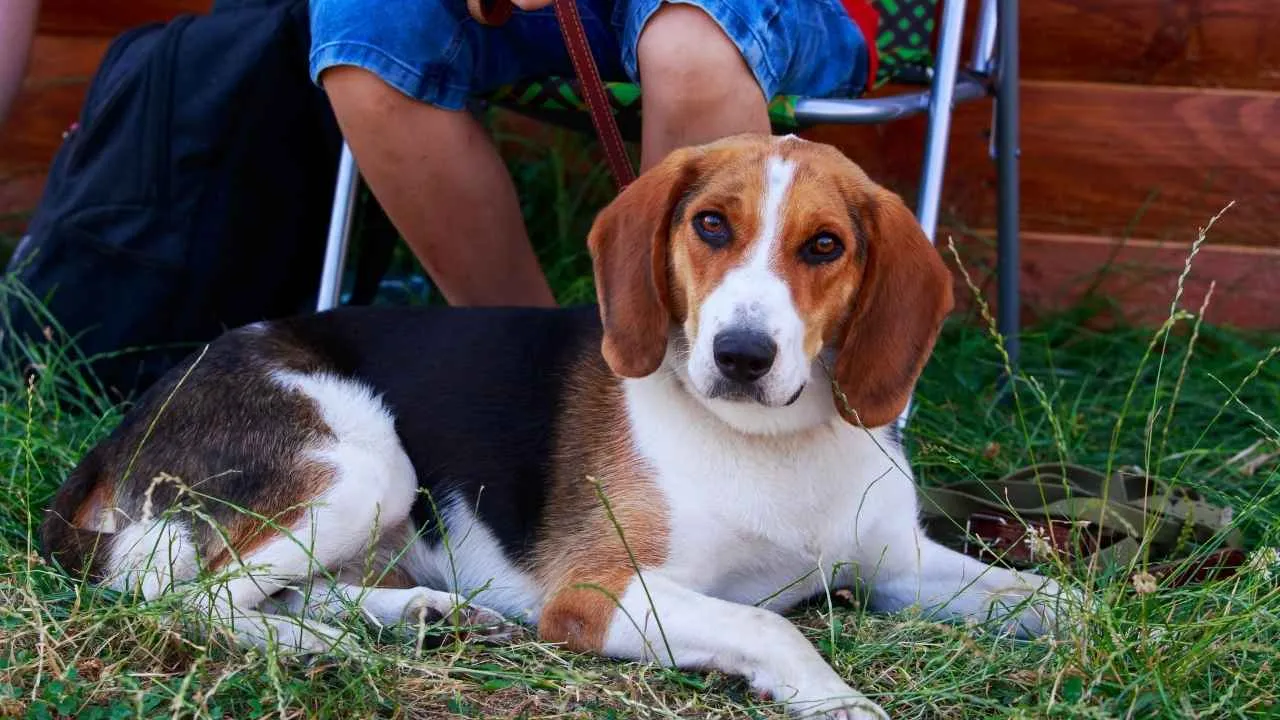
Featured among the large, rare dog breeds, the American Foxhound carries a uniquely American legacy. Developed in the 18th century by George Washington himself, this agile hunter was bred to chase foxes and other quarry for extended periods.
Though recognized by the American Kennel Club since 1886, the breed remains uncommon today. Energetic and affectionate, these hounds make devoted family dogs when given enough physical activity. Their independent nature may come across as stubborn, but their gentle temperament suits households with children and other pets.
Appearance
Built for speed and endurance, these big dogs feature long, straight legs, a lean frame, and a narrow chest. Its distinct head shape includes a long muzzle and a domed skull, contributing to its alert expression.
Typically tri-colored in black, white, and tan, their short, dense coat is durable and designed to withstand rugged terrain. Standing between 21–25 inches and weighing 60–70 pounds, they strike a balance between power and grace.
Fact: Despite their long-standing recognition by the AKC, American Foxhounds remain one of the rarest native breeds in the United States.
Conclusion
From the corded majesty of the Komondor to the fleet-footed elegance of the American Foxhound, large, rare dog breeds offer more than just physical stature; they represent cultural heritage, unique functionality, and enduring loyalty. These uncommon canines are often overlooked despite their impressive capabilities and compelling histories. Their distinct traits, from the Komondor’s mop-like coat designed for protection to the Foxhound’s endurance and charm, highlight the diversity found within the realm of large, lesser-known dogs.
As enthusiasts explore rare breeds beyond the familiar, attention is also turning to powerful and majestic dogs like the Tibetan Mastiff, known for its formidable guarding instincts, or the ancient West African Sighthound, a breed built for speed and agility across desert landscapes. Likewise, Italian Mastiffs, such as the Cane Corso, are gaining appreciation for their strength and devotion. Together, these rare breeds enrich the canine world with remarkable variety, making them extraordinary companions for those who value uniqueness and purpose in their pets.


